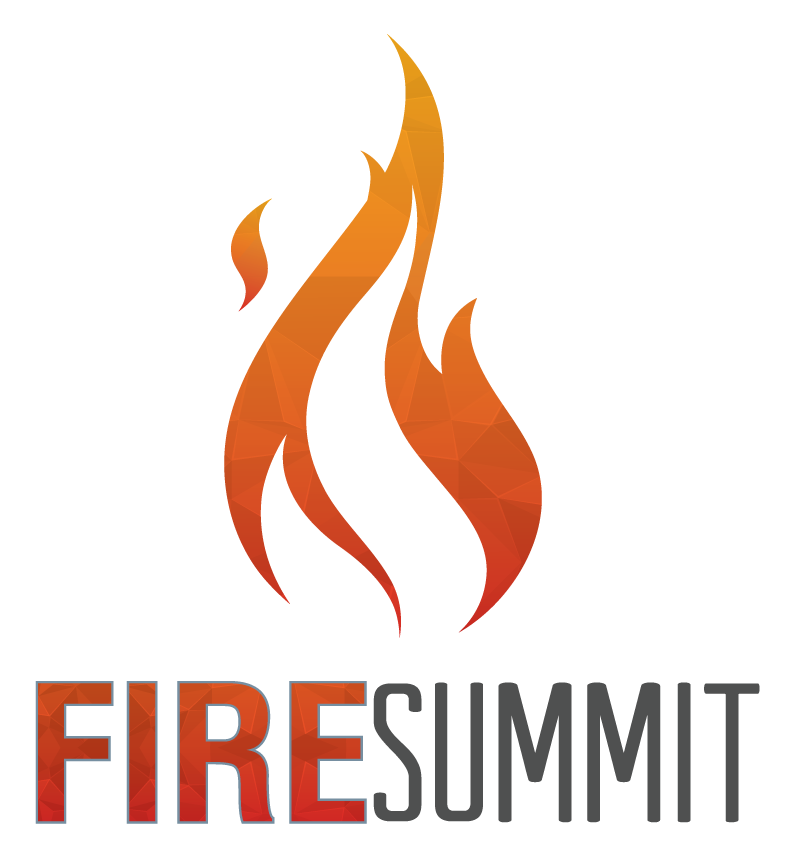Snapshot
The “Heart” of Medical Science and Bioengineering
This activity is designed to be an introduction to medical sciences and foundational biotechnology for students in my engineering program. The activity is interdisciplinary in nature as it will integrate science, mathematics, health, language arts, vocational components, and scientific inquiry in a lab setting. Moreover, I would like to mention that I am fully intending to make this a blending learning activity in the event that we may be virtual because of COVID-19 restrictions.
I designed this project based learning lesson so that it addresses many themes, conceptual understandings, and applications that will make the content of Medical Sciences easier to understand. Science along with real-life analogies and medical related examples will be used to illustrate concepts that are often confusing to my students. The “Heart” of Medical Science and Bioengineering will focus on student understanding and application of both biological knowledge and engineering practices in both a face to face and digital learning experience.
Medical Biology is a growing experimental science, with focus on molecular, cellular, and body system interactions. This reflects the job market that our current and future students will encounter, where thousands of new jobs are being created in biotechnology, pharmaceuticals, bioinformatics, medicine, and related molecular biology fields.
The products purchased through this grant will encourage students to advance their knowledge of real-life applicable situations, problems, and concerns in today’s medical field. There will be great emphasis on developing student understanding of concepts rather than memorizing terms as students will work to understand underlying causes of diseases, disorders, etc. Emphasis is also given to bridging content with an engineering and research nature by working to provide vocational exploration by students. It is a primary goal to have students recognize the limitless amount of career possibility they can explore through obtaining science and engineering backgrounds.
In designing this activity, and the entire course, I have had to prepare for both hands on and virtual learning experiences. In many aspects I try to find strictly virtual models for the students, but I have also realized that if I am using Google Hangouts and learning platforms I will have access to video conferencing with my students. I have selected materials that I can use in those video conferences as well as in a face to face environment. The students will be allowed to interact with the models to determine how heart disease can impact an individual. We have links between diabetes and heart disease also being addressed. It is intended for students to be able to examine the normal function of the human heart and investigate malfunctions in the cardiovascular system that can lead to heart disease.
To assess student learning they will complete a series of PBL tasks that have them complete a tour of heart anatomy, monitor heart function using Vernier probeware that we have in the classroom, and will then be able to analyze heart data including heart rate, blood pressure, and EKG readings. As an end result, I would also like to have students complete the engineering project and actually have them {in teams) design an innovative model that will model and demonstrate a medical procedure or design an innovate tool/medical device that may help alleviate struggles and symptoms from one of the cardiovascular problems. A group presentation of their design will be presented to teachers, peers, and possible community stakeholders who would be invested in their design process.
Studies that Captivate
As remote learning has become an obvious necessity to education, class norms must be reevaluated and learned has to be refocused. One of my personal goals is to find materials that I can use both in face to face classes, but things I can reinvent and use virtually to continue higher level learning. In my Biology and Engineering classes, it is pertinent that I make sure my students are not just aware of content, but the growing job market. In order to prepare my students for careers that haven’t been created yet, I must make every effort to prepare them to be lifelong learners and thinkers.
Using this grant, my students will learn to analyze situations and create original solutions to problems. One way to do this is by using real-world case studies, a learning model that’s focused on reflection during the problem-solving process. These models are similar to project-based learning, but PBL is focused on students creating a product, while case studies are focused on students solving problems. Like other forms of problem-based learning, case studies can be accessible for every group of learners, both in one subject and in interdisciplinary work.
Medical schools, law schools, business, research, historians, and engineers are just some of the common places case studies are used on a regular basis. Through use of these case studies, my students will experience learning at its highest level because they are studying relevant topics and using skills to solve real problems. The open ended problems presented in these case studies will give them material that seemingly connects their lives to content. It is my hope that by using these cases, students will find and ignite a passion for science and engineering.
Case studies will be easily applied in both online and face to face settings, so regardless of our classroom experience, this content will be utilized in an abundant manner. The focus will not always be on finding the correct answer, but rather engaging students in discussions, research, and exploration. The craft of using case studies will allow students to participate in deep engagement (via small group settings like breakout rooms online or in class), exploration (research on their own and in presented data), analysis (actually determining what data means), and then they will be prompted to offer explanations, propose solutions to problems, and justify those solutions with evidence and reasoning. If this method sounds familiar, it is because this is ideal in teaching the NGSS practice of engaging in scientific argument, often known as Claim, Evidence Reasoning.
Students will be assessed in their learning using multiple methods, rubrics will formatively assess both their writing and language as well as the accuracy of their science understanding. This places emphases on the ELA aspects of scientific and technical writing. As a science educator, the priority of assessing students claims and reasoning will help develop the skills they need to communicate effectively in courses and in real life settings. There will also be times where students will engage in scientific argument with one another using their evidence and reasoning as the basis of their delivery. This can be displayed, videoed, recorded, and presented in social settings like open house (when allowed).
Building Bridges to the Future
Innovative education is the “bridge to the future” for our students. In my career I have learned to be dedicated to the idea of merging real life problems with creative activities that allow for true skill development. While COVID-19 continues to alter and hinder the classroom for the upcoming school year, I find it to be not only a challenge, but an opportunity for redesign in the classroom that could serve as a huge learning curve for my students.
Being a part of a new STEM school and teaching engineering for the first time is definitely filled with lots of anxious thoughts right now with all of the uncertainty, however I am finding that by having to plan and develop in a unique way I am learning to create lessons that are driven by blended learning.
For this particular lesson/project, students will be participating in a STEAM driven activity that has them completing the engineering design process for building bridges. I have intentionally designed the lesson so students can perform the build digitally using a platform (Fusion 360) that we have as a part of our engineering course. In the event that students are returning to class, I also want to plan that they will be able to use tactile skills to build their replica bridges using multiple modes of engineering- 3D printing using 3D pens and wood modeling that we can actually test using our structures and materials testers that we already have in place.
Regardless, by purchasing the materials listed in my projected budget and by combining them with digital software and programs I have developed a lesson that will merge learning in all capacities to ensure this design lesson is carried out from start to finish in a thorough manner. The skills students will engage in from this Bridge Building activity include design process (considering , isometric sketching, multi-view drawing, 3D solid modeling, dimensioning, and modeling).
Considering design parameters, students will be engaged in Project Based Learning that allows them to examine the types of bridges commonly built, the strengths and weaknesses of the various types (compressive forces), and they will then construct their own “super bridge” that will be goal tested to hold 25 pounds. I would like to introduce and hook the students by showing clips from the NOVA: Super Bridge DVD. It will provide some of the research and kick start materials that students will need to get started. In the event that we are remote I plan to utilize sites like the Rutgers Engineering Planet and PBS.
To assess learning and use of the engineering targets, students will participate in “elevator pitches” where they must present their design and share its strengths and elements in an expected time frame. Matters that will be assessed will include addressing of tensile and compressive forces, foundations, material strength and analysis, and cost comparisons. Upon completing their pitch presentations, students will transition into the fun part- the thrill of destructive testing! Students will be allowed to test their prototype models to see if they can carry the proposed load. This will be a competitive design activity and that alone usually motivates students to give their fullest effort in design. To complete the activity, we will use self and peer review to create proposals to “better” the designs that students tested. If there was a flaw students will be expected to make suggestions on the repair using design constraints and reevaluation notes.

